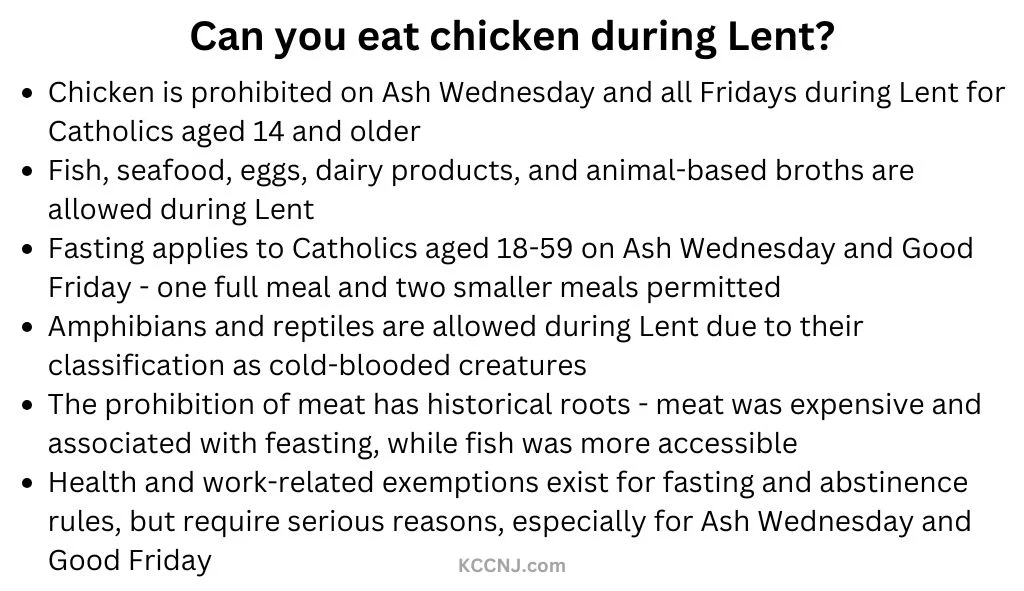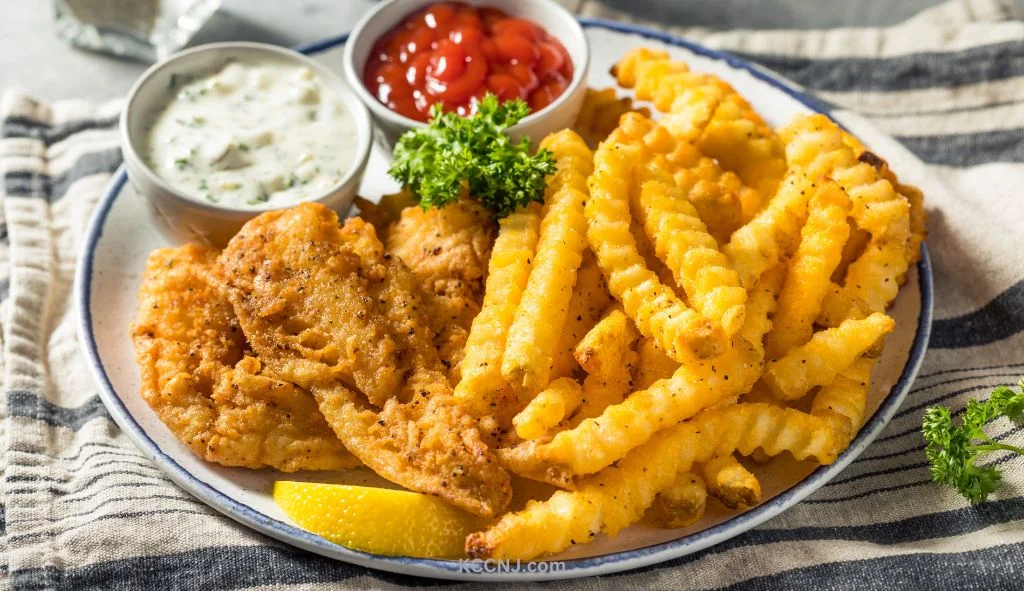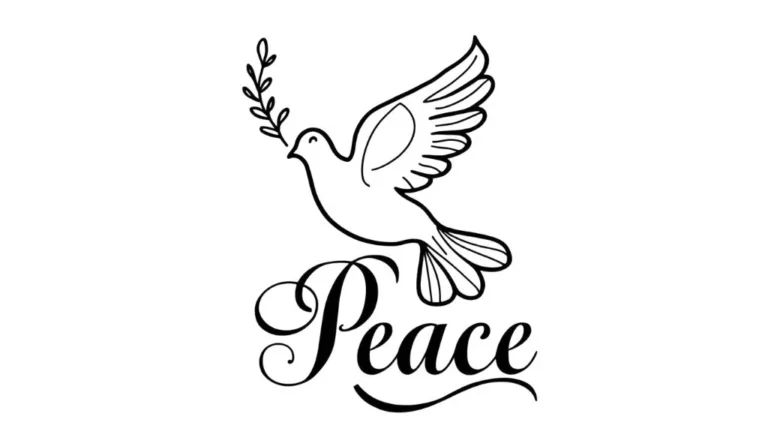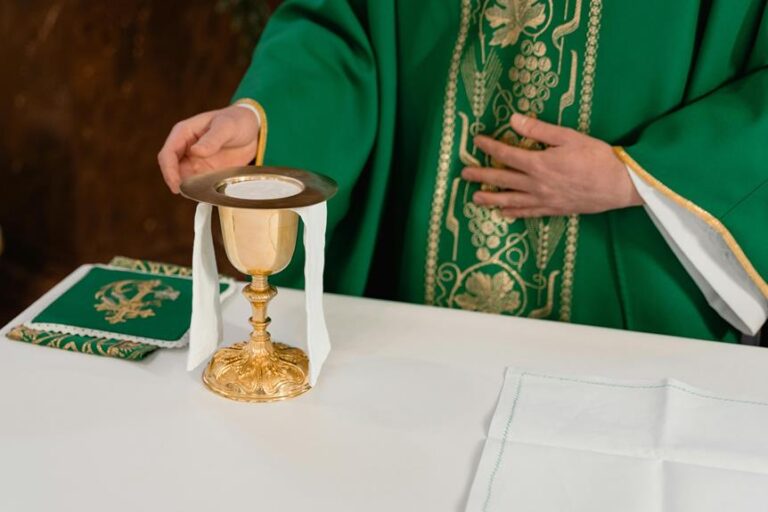Can You Eat Chicken During Lent? Catholic Rules Explained
Catholics are not allowed to eat chicken during Lent on Ash Wednesday and Fridays. Chicken is considered meat, which is prohibited on these days as part of the Lenten fasting and abstinence practices.
Understanding Lenten Dietary Restrictions
What is Lent?
Lent is a 40-day period in the Christian calendar that begins on Ash Wednesday and ends on Easter Sunday. It is a time of reflection, penance, and spiritual renewal for many Christians, particularly Catholics. During this period, observers often practice fasting and abstinence as a form of self-discipline and devotion.
The Rules of Fasting and Abstinence
The Catholic Church has specific rules regarding fasting and abstinence during Lent:
- Abstinence from meat is required for all Catholics aged 14 and older on Ash Wednesday and all Fridays during Lent.
- Fasting is required for Catholics between the ages of 18 and 59 on Ash Wednesday and Good Friday. This means limiting oneself to one full meal and two smaller meals that together do not equal a full meal.
- Those whose work or health would be impaired are excused from fasting and abstinence, but individual conscience should decide proper cause for excuse.
What Foods Are Prohibited During Lent?
Meat and Poultry
On days of abstinence during Lent, Catholics are not allowed to eat flesh meat. This includes:
- Beef (cow)
- Pork (pig)
- Chicken
- Turkey
- Lamb (sheep)
It’s important to note that chicken is definitely classified as meat and is not allowed on days of abstinence. This prohibition extends to all types of poultry and fowl.
Understanding the Concept of “Meat”
The Latin word for meat, “caro,” from which we get English words like carnivore and carnivorous, applies to flesh meat and has never been understood to include fish. This distinction is crucial in understanding why some foods are allowed while others are not during Lent.
What Foods Are Allowed During Lent?
Fish and Seafood
While flesh meat is prohibited, fish and seafood are allowed during Lent. This includes:
- Fish (all types, both saltwater and freshwater)
- Shrimp
- Crab
- Lobster
- Shellfish
The allowance of fish during Lent has historical and practical roots. In former times, flesh meat was more expensive, eaten only occasionally, and associated with feasting and rejoicing. Fish, on the other hand, were cheaper, eaten more often, and not associated with celebrations.
Other Permitted Foods
In addition to fish and seafood, several other foods are permitted during Lent:
- Eggs
- Milk
- Cheese
- Butter
- Animal-based broths and gravies
It’s worth noting that while these foods are derived from animals, they are not considered flesh meat and are therefore allowed.
Amphibians and Reptiles
Interestingly, amphibians and reptiles are also allowed to be eaten on Fridays during Lent. This includes animals like frogs, turtles, and even alligators. The reasoning behind this is related to these animals’ swimming abilities and their classification as cold-blooded creatures.

The Purpose of Lenten Dietary Restrictions
Spiritual Significance
The practice of abstaining from meat during Lent has deep spiritual significance for Catholics. It serves as a form of penance and a way to honor Christ’s sacrifice on the cross. By giving up flesh meat, particularly on Fridays, Catholics remember Jesus’ crucifixion, which occurred on a Friday.
Historical Context
The tradition of abstaining from meat during Lent has historical roots that go beyond spiritual symbolism. In medieval times, when food preservation was challenging, abstaining from meat during late winter and early spring helped communities stretch their food supplies until new crops and livestock became available.
Asceticism and Self-Discipline
Abstinence from meat is a form of asceticism, the practice of self-denial to grow in holiness. It aligns with Jesus’ call for his disciples to deny themselves and take up their cross. By practicing abstinence, Catholics aim to honor Jesus’ ultimate act of self-denial on the cross.
Common Misconceptions About Lenten Dietary Practices
The Fish Myth
Contrary to popular belief, there is no rule that Catholics must eat fish during Lent. While fish is allowed and often chosen as a substitute for meat, it is not mandatory. The emphasis is on abstaining from meat rather than specifically eating fish.
Expensive Seafood
While seafood is allowed during Lent, consuming expensive types of fish or seafood (like lobster or Alaskan king crab) is discouraged as it defeats the ascetical purpose of abstinence. The spirit of Lenten abstinence is about simplicity and self-denial, not indulgence in costly alternatives.
Chicken Broth and Other Animal Products
While chicken itself is not allowed, chicken broth and other animal-based condiments are permitted. This is because these products are not considered flesh meat. However, it’s important to remember that the spirit of Lent is about sacrifice and simplicity, so excessive indulgence in any food should be avoided.

Practical Tips for Observing Lenten Dietary Restrictions
Meal Planning
Planning meals in advance can help ensure compliance with Lenten dietary restrictions. Some simple, meatless meal ideas for Fridays during Lent include:
- Pancakes or waffles
- Soup and rolls
- Macaroni and cheese
- Fried egg sandwiches
- Grilled cheese sandwiches
- Cheese pizza
- Fish dishes
Understanding Exceptions
It’s important to understand that there are exceptions to the fasting and abstinence rules. Those whose work or health would be impaired are excused from these practices. However, a more serious reason is required to excuse oneself from Ash Wednesday and Good Friday fasting and abstinence.
Focusing on the Spirit of Lent
While following the dietary restrictions is important, it’s equally crucial to remember the spiritual aspect of Lent. The purpose of these practices is not just about following rules, but about growing in faith, practicing self-discipline, and focusing on spiritual renewal.
The Broader Context of Lenten Practices
Beyond Dietary Restrictions
While abstaining from meat is a significant part of Lenten observance, it’s not the only practice associated with this period. Many Catholics also choose to give up other things during Lent as a form of sacrifice and self-discipline. This could include habits like smoking, drinking alcohol, or indulging in sweets.
Prayer and Almsgiving
In addition to fasting and abstinence, prayer and almsgiving (charitable giving) are important aspects of Lenten practice. These three practices – fasting, prayer, and almsgiving – are often referred to as the three pillars of Lent.
Personal Reflection and Growth
Lent is ultimately a time for personal reflection and spiritual growth. The dietary restrictions and other practices are meant to facilitate this process, helping individuals focus on their faith and their relationship with God.







